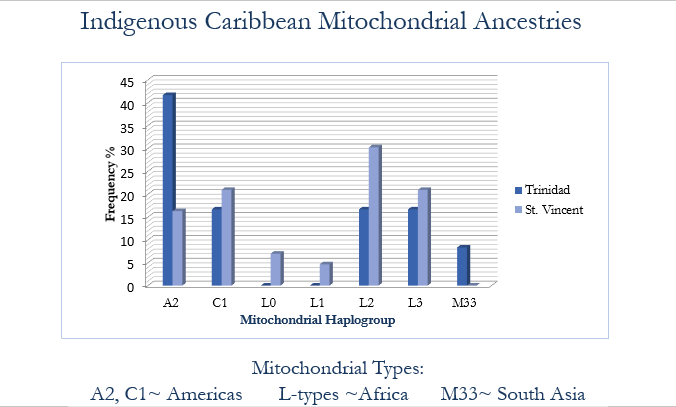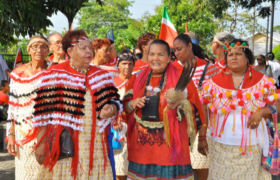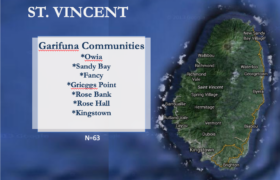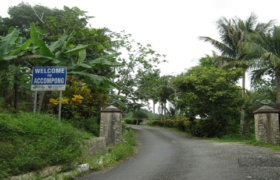Indigenous and Afro-indigenous memory, presence and ancestry in the Caribbean
While archeological, ethnohistoric, and linguistic data provide crucial perspectives on the peopling of the Caribbean Basin there are still many questions regarding the timing and origins of the initial migrations as well as the ramifications of colonization on the demography on indigenous Caribbean populations.
In response to these issues, and with local and community consent, we examined mitochondrial and Y chromosome DNA diversity from two Lesser Antillean indigenous communities-the Garifuna and Santa Rosa First People’s Community.
In this study we found that both communities exhibited moderate frequencies of Indigenous American matrilineal and patrilineal varying degrees of Indigenous American, African, and European general (genome-wide) ancestry.

Matrilineal(Maternal Line) Ancestry Results
For the two populations, we detected maternal indigenous ancestry in 46% of the samples, with the remaining having haplogroups indicative of African and South Asian ancestry. Only two of the five major founding Native American mitochondrial haplogroups, A2 and C1, were detected in the combined samples.

Patrilineal(Paternal Line) Ancestry Results
If we consider the Y-chromosome data, we can see that there is the presence of indigenous paternal haplogroups on Trinidad and St. Vincent, namely, Q-M3. This is the first discovery of indigenous Y-chromosomes in Caribbean populations in the Greater and Lesser Antilles. Until this study, it appeared that indigenous paternal ancestry was undetectable in Caribbean populations due to demographic changes as a result of European conquest and colonization.
In addition to the indigenous Caribbean paternal lineages, the remaining Y-chromosomes on Trinidad and St. Vincent were of African (E1b1a) or European (I1, I2, R1a, R1b) origin. There were roughly equal contributions of African and European male ancestors to indigenous populations in Trinidad and St. Vincent.
For more information, check out the article for this project here.



